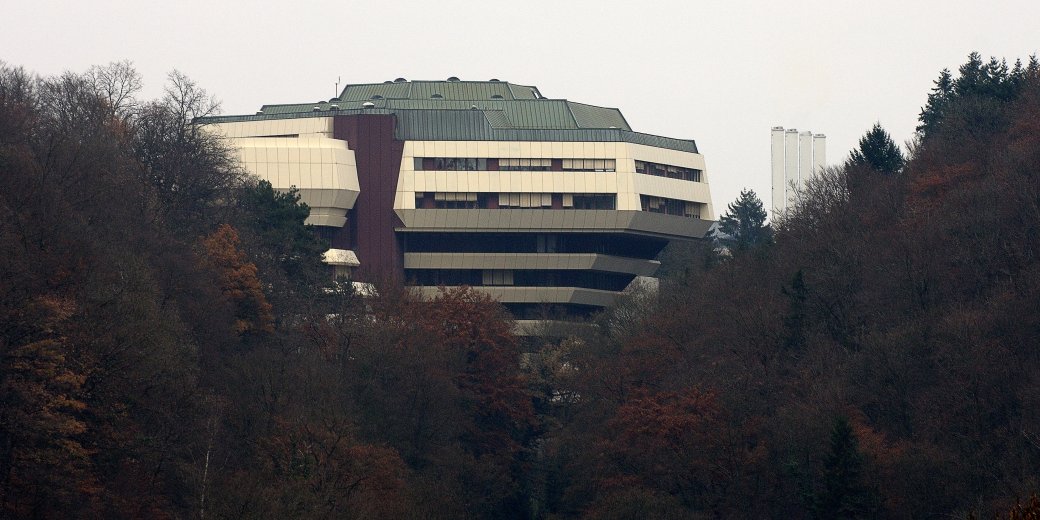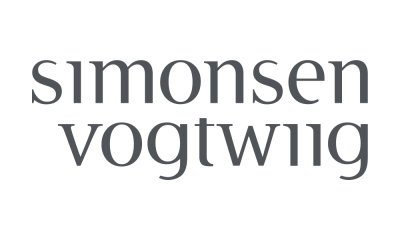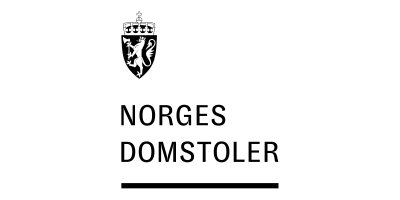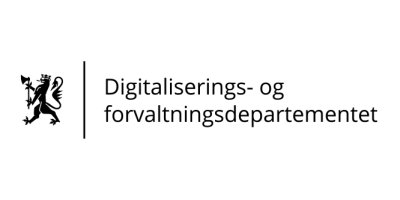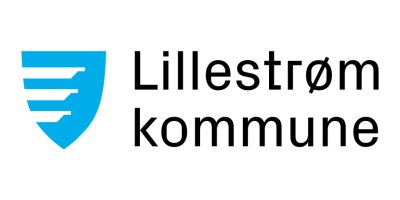A couple of days ago, the Icelandic EEA Working Group, set up by Foreign Minister Guðlaugur Þór Þórðarson, published its Report on the EEA-cooperation. The work focuses on the advantages and disadvantages of Iceland’s membership of the EEA Agreement and the impact of the Agreement on Iceland. An English summary of the Report has also been made available. The Group was chaired by former Minister of Justice Björn Bjarnason, a highly respected politician and author. The Report is based on interviews with 147 individuals consulted in Iceland, Brussels, Oslo and Vaduz. In addition, the Group has communicated with representatives of Icelandic government agencies and enterprises. The overall conclusion is a positive one:
«In brief, it is safe to say that all the people with which the Group held discussions, apart from representatives of Frjálst land in Iceland and Nei til EU in Norway, felt that the EEA Agreement was alive and well. They felt that the Agreement was of material use and benefit for those operating within its framework.»
The Report covers all aspects of EEA cooperation. It contains an objective description of the accomplishments and challenges of the EEA Agreement in action.
Unmistakable trust
As I had the honour of serving as a judge of the EFTA Court for 22 years, 15 of which as President, I was particularly interested in the conclusions on the judicial institution of the EFTA pillar. The most important statements are contained in the English summary. Under the subtitle «The two pillar structure», the Group writes:
«The two-pillar structure is the foundation of the EEA co-operation, which the member states are required to observe. The EFTA Secretariat in Brussels, the EFTA Surveillance Authority (ESA) and the EFTA Court are counterparts of the EU institutions in Brussels, each in its own area of competence. The Secretariat plays a key role in information gathering, harmonisation and coordination. ESA is the counterpart of the EU Commission, while the EFTA Court has the ultimate responsibility of ensuring that the EFTA pillar is respected as an independent partner.
Since the EU External Action Service took over representing the European Union towards the EEA/EFTA states on the basis of the Lisbon Treaty of 1 December 2009, the relations have grown in prominence within the EU institutional framework.
The nature of the EFTA institutions is described, as well as the demands on ESA following the increase in the number of the EU’s agencies, which have created a grey area in the relations between the EEA/EFTA states and the EU, giving the EFTA-pillar an increased role in decision-shaping in specialised areas.
The agencies are discussed and Iceland’s participation in their work is described.
[….]
The EU places unmistakable trust in the EFTA pillar, and the EFTA Court is a central institution confirming this trust.» (Emphases added.)
Remarkable
The comments on the EFTA Court are remarkable. With only three judges, the EFTA Court (just as the EFTA Surveillance Authority) is, in principle, a vulnerable institution. It is crucial that only fully independent top lawyers are appointed to the bench. EEA law is economic law. The judges must be specialists in the field. The rules of procedure must be scrupulously observed. These include the provisions on the secrecy of the deliberations and the independence and impartiality of judges. Awareness of the importance to follow precedent is also essential. If precedents are overturned without compelling reasons, the principles of legal certainty and predictability are violated and the Court undermines its own standing.
In other words, the judges are sawing the branch they are sitting on. Only if all this is heeded can the EFTA Court play the role it has to play under the EEA Agreement, within and outside the EFTA pillar.
EFTA Court influence
The Bjarnason Report rightly recognises that the EFTA Court must also stand its ground outside the EFTA pillar. The EFTA Court has influenced EU case law in countless cases. In some 160 cases, the ECJ, its Advocates General and the General Court made reference to EFTA Court jurisprudence. In many other cases, the EU judiciary dealt with EFTA Court rulings through a «muted dialogue». In addition, there are a number of references by national high courts of EU states such as the German Federal Supreme Court, the Austrian Supreme Court, the England and Wales Court of Appeal or courts of appeal in the Netherlands and Sweden. The Swiss Federal Administrative Court and the Federal Supreme Court also followed the EFTA Court. The European Court of Human Rights cited the EFTA Court’s seminal Icesave judgment.
These contributions were not only appreciated by the EU judiciary, but also by the European Commission. As the Commission not only pleads before the EFTA Court in almost all cases, but also represents the EU in the EEA Joint Committee, its attitude towards the EEA Agreement is particularly important.
«Safe pair of hands»?
Governments have every reason to take the finding of the Bjarnason Committee that the EU’s confidence in the EFTA pillar stands and falls with the credibility of the EFTA Court seriously. It is high time to come back to the EFTA Court’s 2011 proposal to enable it to sit in a five judges formation in significant cases. The Court also called for a supranational panel to be set up to assess the suitability of candidates proposed by the EEA/EFTA States for the position of judge.
In the EU, such a panel was established by the Treaty of Lisbon and it has rejected numerous unsuitable candidates nominated by governments. The Norwegian Government in particular has been opposed to the creation of a parallel institution in the EFTA pillar. There is every indication that Oslo bureaucrats do not want to lose the possibility of sending a «safe pair of hands», a political appointee, to the EFTA Court. In fact, three out of four Norwegian judges were for decades socialised in the national administration before being appointed to the EFTA Court. No Norwegian judge has ever come from the national judiciary or from the practicing bar.
There is no valid reason why the establishment of such an entity – probably in an improved form – should be refused. A panel would contribute to securing the full independence of the judges. This is not only required in the interest of the EFTA citizens and economic operators, but also of their counterparts in the EU pillar of the EEA.
At the University of Oslo’s conference in honour of Professor Mads Andenæs on 18 September 2017, Dr Eirik Bjorge, now a full professor at the University of Bristol, took up the issue. A number of people from the Norwegian Ministry of Foreign Affairs were present. In the subsequent discussion, the legendary Jonas Myhre asked them what the reasons for their attitude of denial were. He received no answer.
In my last speech before the ESA/Court Committee on 13 December 2017, I recalled the EFTA Court’s 2011 proposal. I once more called upon the governments to create a supranational scrutinizing panel and concluded with the words that
«now is the time to take up this baton, and to see what progress may be made. The strength of the Court reflects well on the EFTA States globally, but its reputation will quickly suffer if outstanding judges are not consistently appointed.»
The lack of a panel to examine candidates proposed by governments in the EFTA pillar is not compatible with the two most important principles underlying the EEA Agreement: Homogeneity and reciprocity. Sooner or later, the EU will have to take up this issue in the EEA Joint Committee. It would be wise for the EEA/EFTA States to become active before that happens, ensuring that they could shape the development rather than react.












